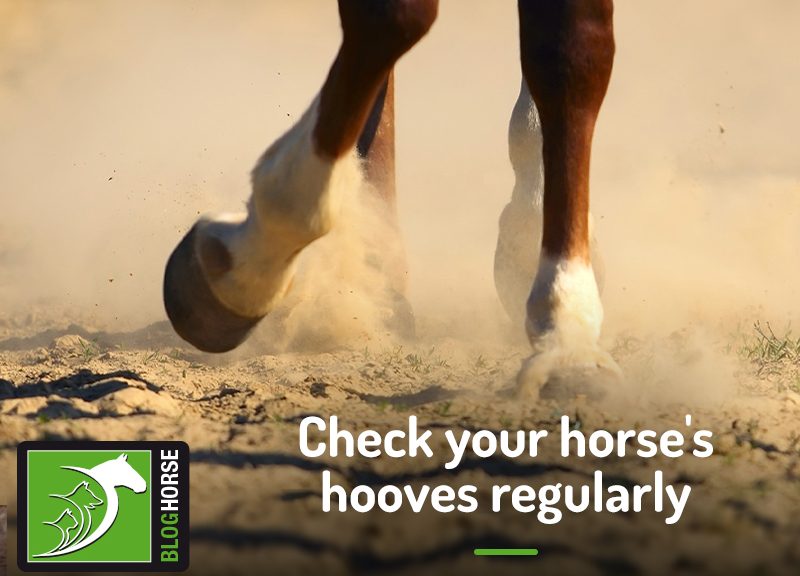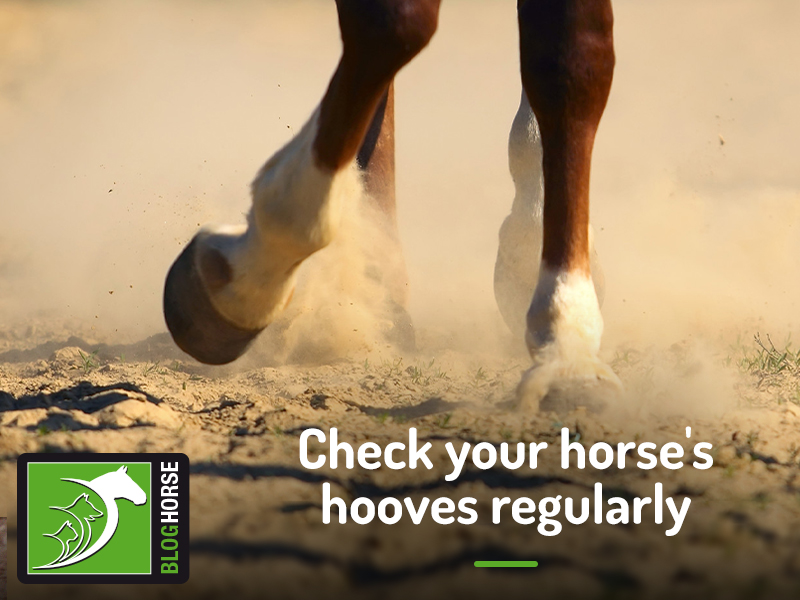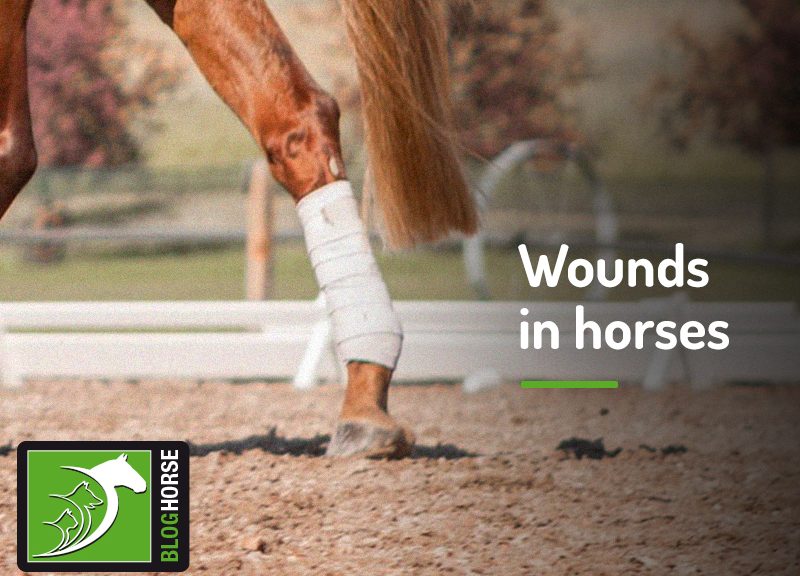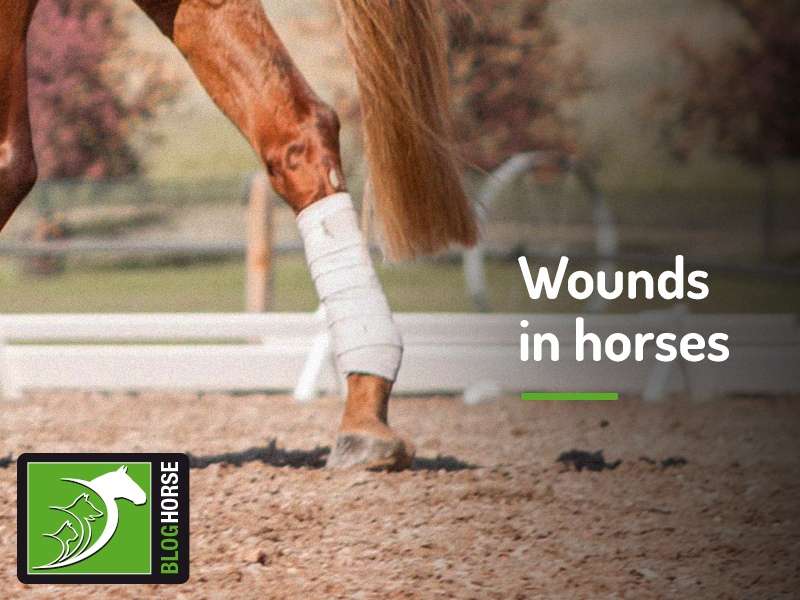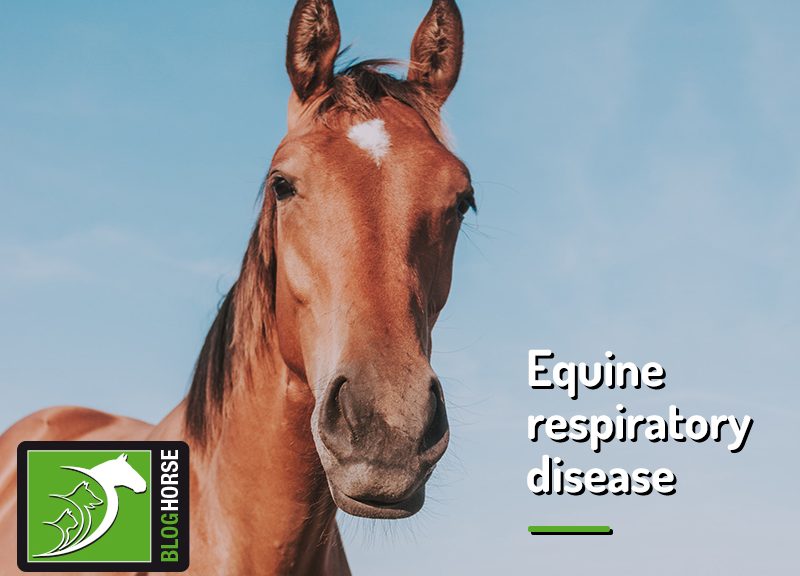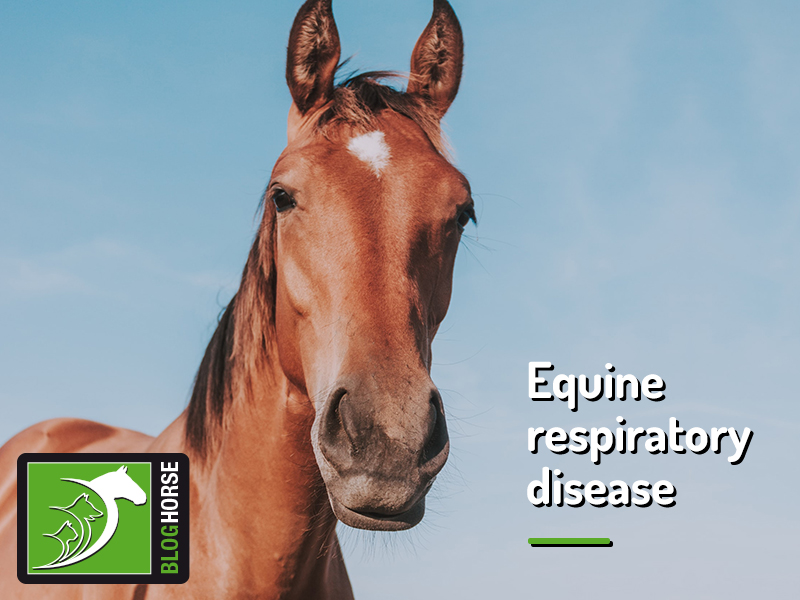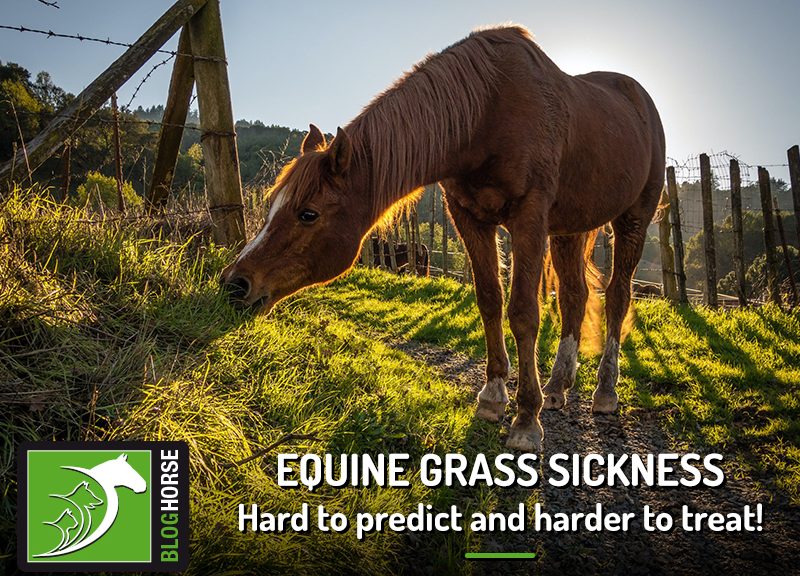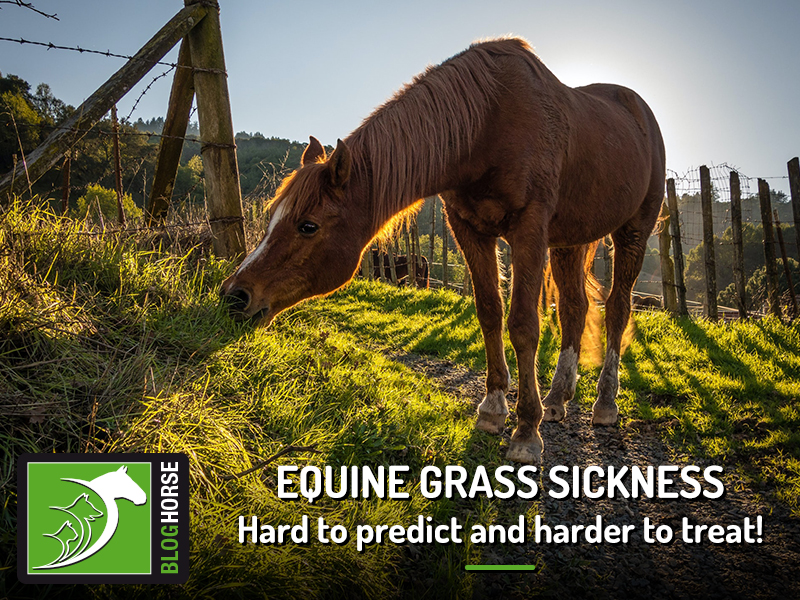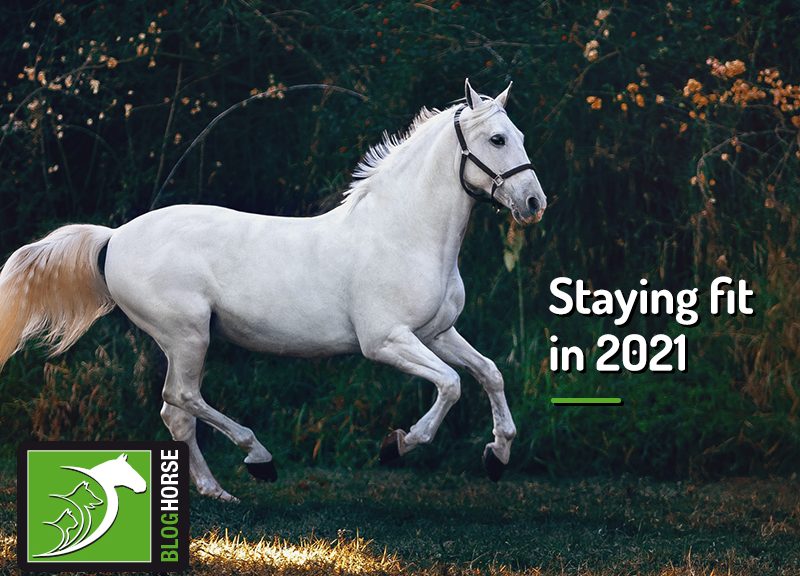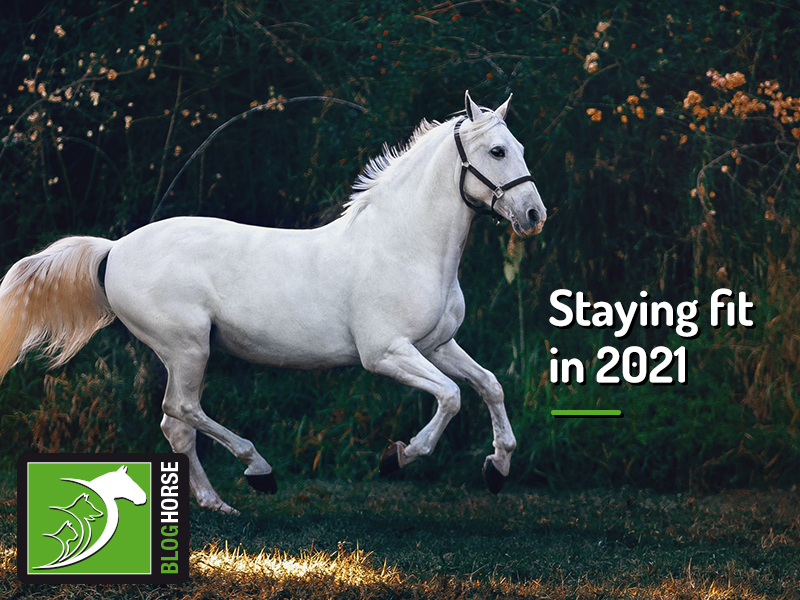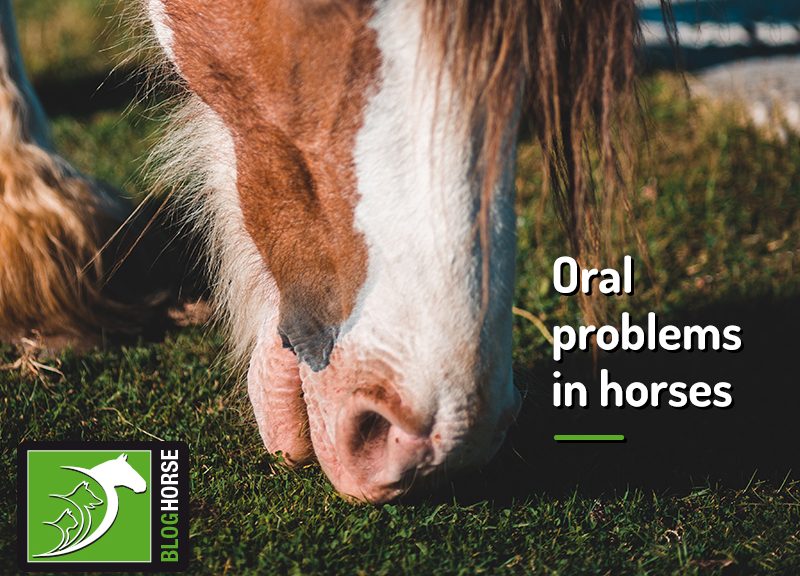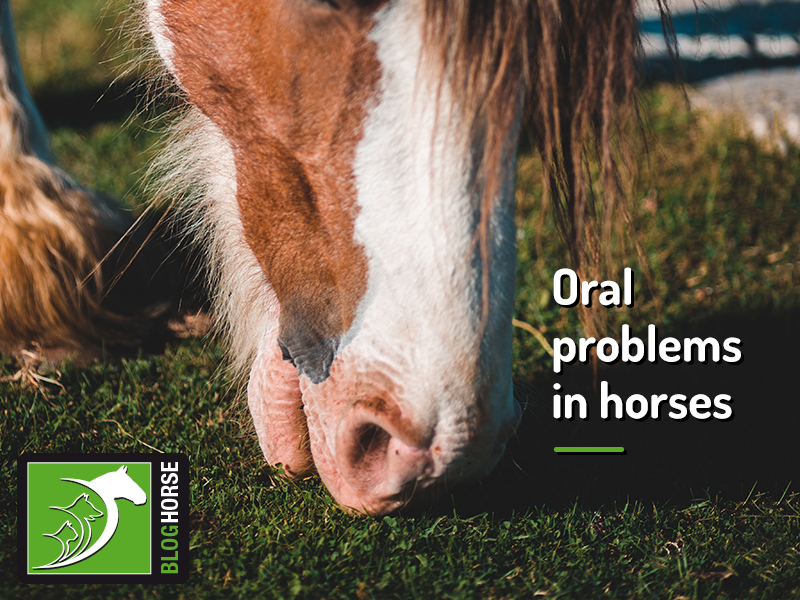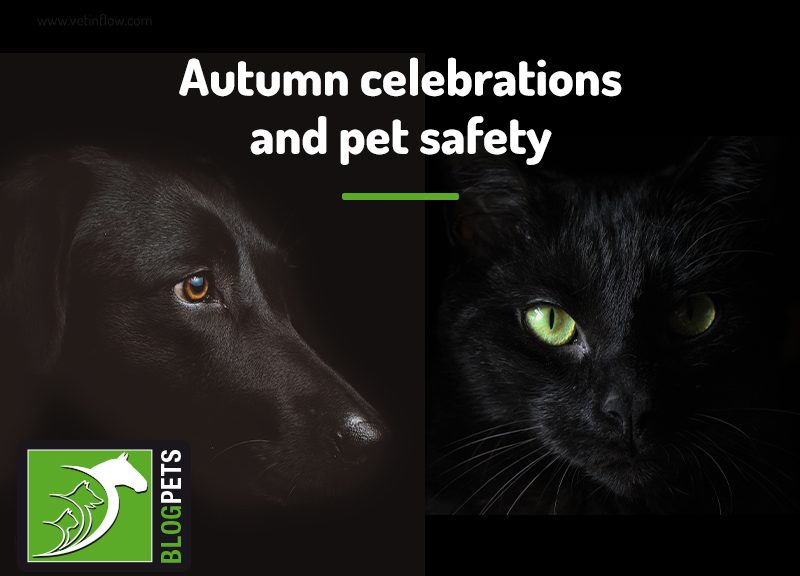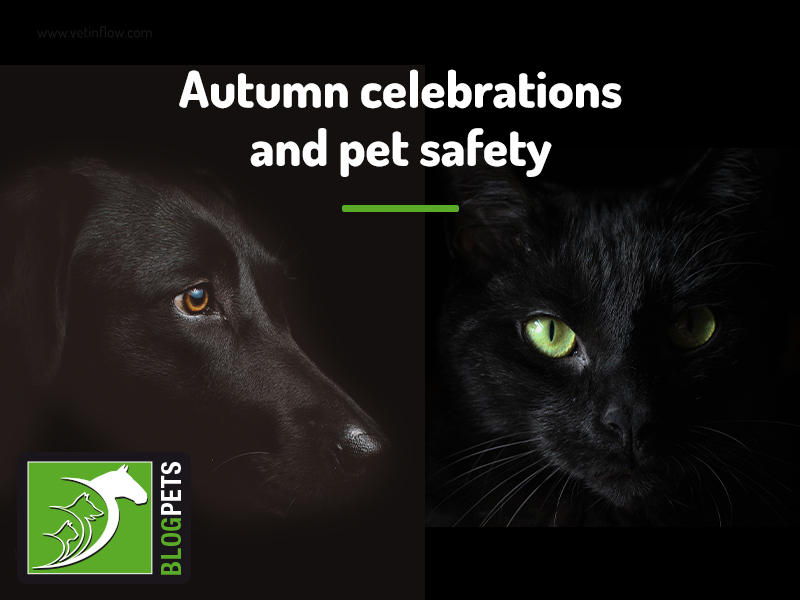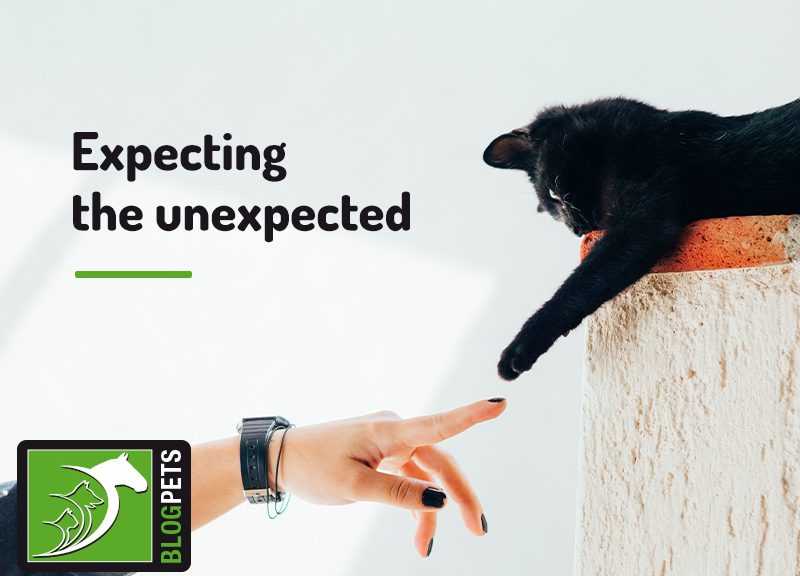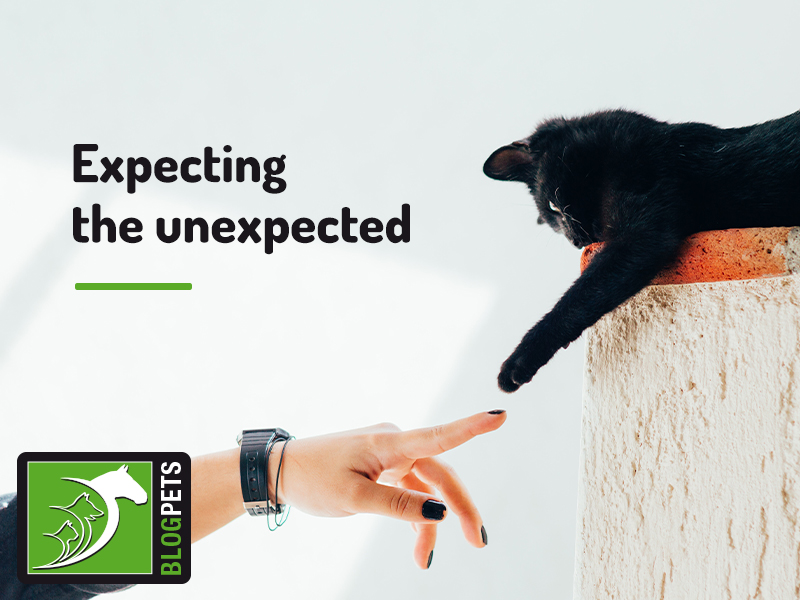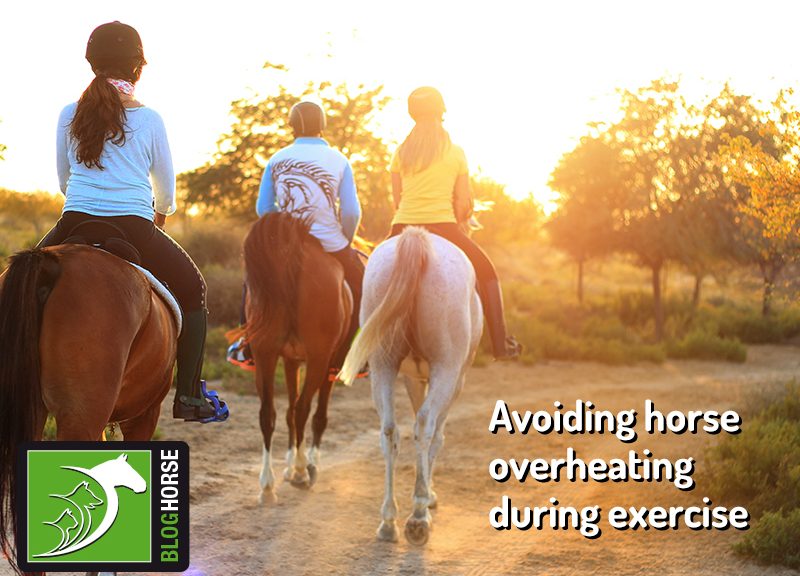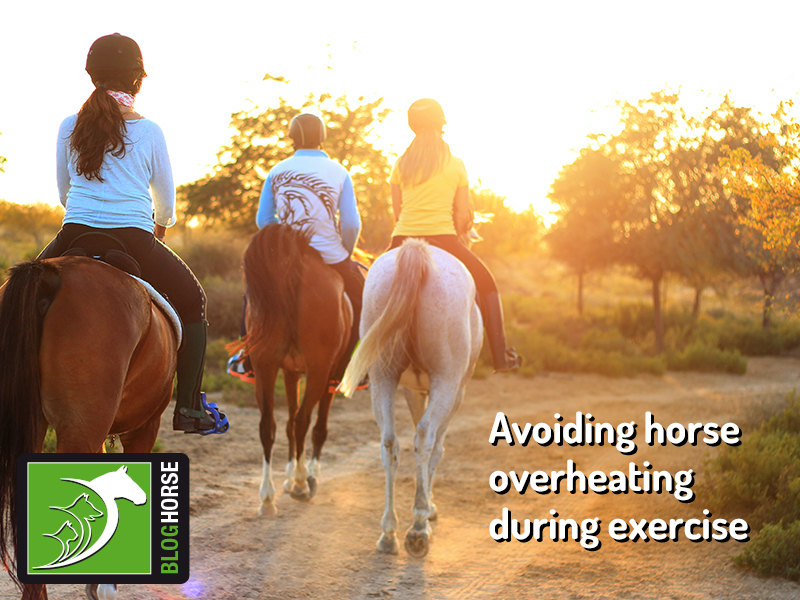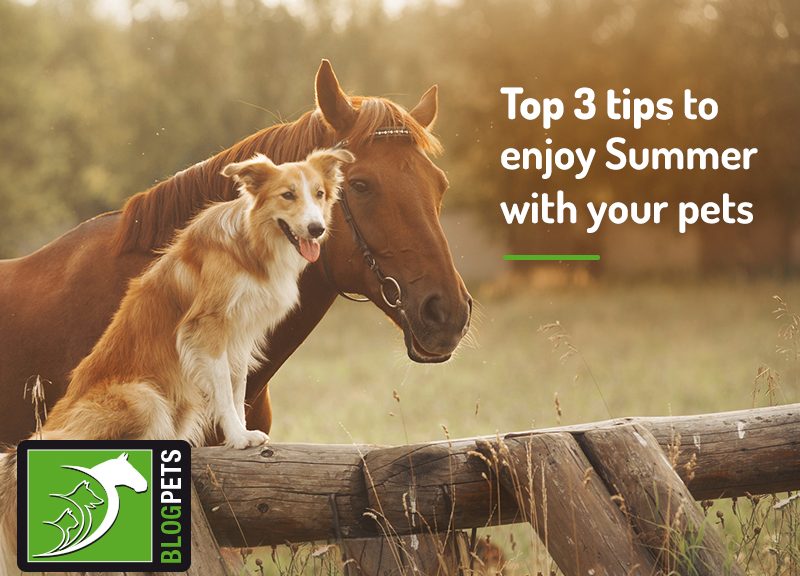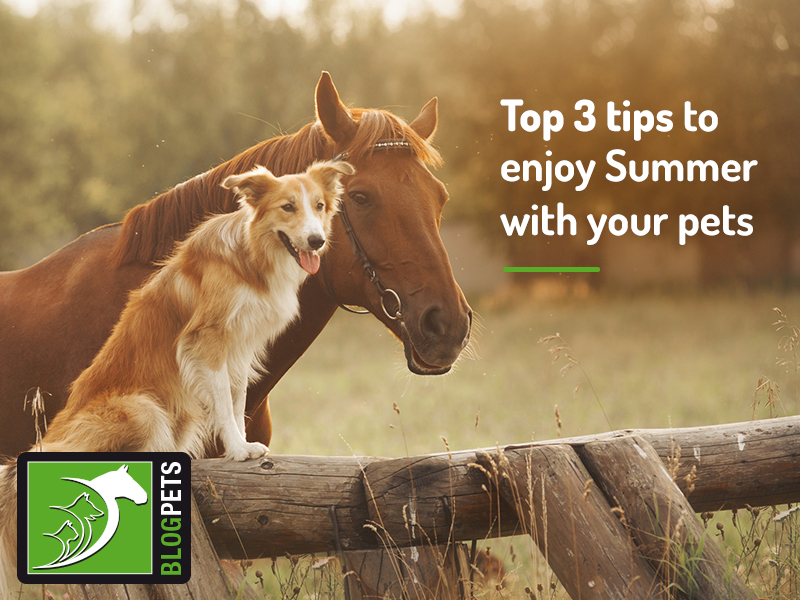Preventing injuries and illness is always better than treating them! If we had to point out a situation where this is especially true, it would be when it comes to hoof health in horses.
Hooves are fragile yet fundamental structures in equines, and many problems affecting the hooves are liable to evolve into severely painful and debilitating conditions that can often have fatal outcomes.
Laminitis, the inflammation of the soft tissues that hold the hoof in place, is extremely common and recurrent in horses, donkeys and ponies. It can severely impact animal welfare, to the point where owners might have to make the humane decision to euthanize a horse whose laminitis does not respond to treatment.
Experts recommend that you inspect your horse’s hooves regularly, including them in your daily care routine. The extra minutes you spend giving your horse a careful visual inspection can absolutely make a world of difference, as it might mean that you catch subtle lameness or structural changes in the hoof early on.
Because of the poor outcome of hoof diseases, the earlier you spot issues, the better your veterinarian and your farrier can help you solve them.
Read the tips below to help you in your daily inspection;
Symmetry
Take a good, long look away from your horse so that you can inspect all four hooves at once and observe any movements or posture that might be unusual. Take notice of any apparent changes between them, such as differences in size, shape or colour.
After an overall look, compare hooves on the same limbs, so you’re comparing front hooves between themselves and then the back hooves as a pair.
While some minor variations can happen between limbs, any noticeable changes should be noted and reported to your vet as soon as possible.
The overall shape of each hoof
As you start to do a closer inspection, pay attention to the shape of the hoof. Here you must have a solid knowledge of what a normal hoof should look like and how your animal’s feet usually look.
Many changes like uneven or bulging growth rings, contracted heels or warping of any part of the hoof should not go ignored.
Cracks, bruises or foul smells
While it may seem time-consuming, getting close and taking a long look at your horse’s feet allows you to spot issues that could need immediate attention.
Cracks and bruises might have developed or become apparent overnight, so a close, daily inspection is paramount. If you know or suspect that your horse might have stepped on something hard or had a traumatic incident recently, pay extra attention.
Foul smells usually indicate an infection and may be accompanied by local discharge of pus or other fluids. Thrush, in particular, has a very recognizable odour.
As owners, we are our horses’ greatest advocates as we know them the best and interact with them daily. If you notice any changes or have any concerns, do not hesitate to call your vet!
Would you like to know more about horses? Check our Equine Courses:
Equine courses
